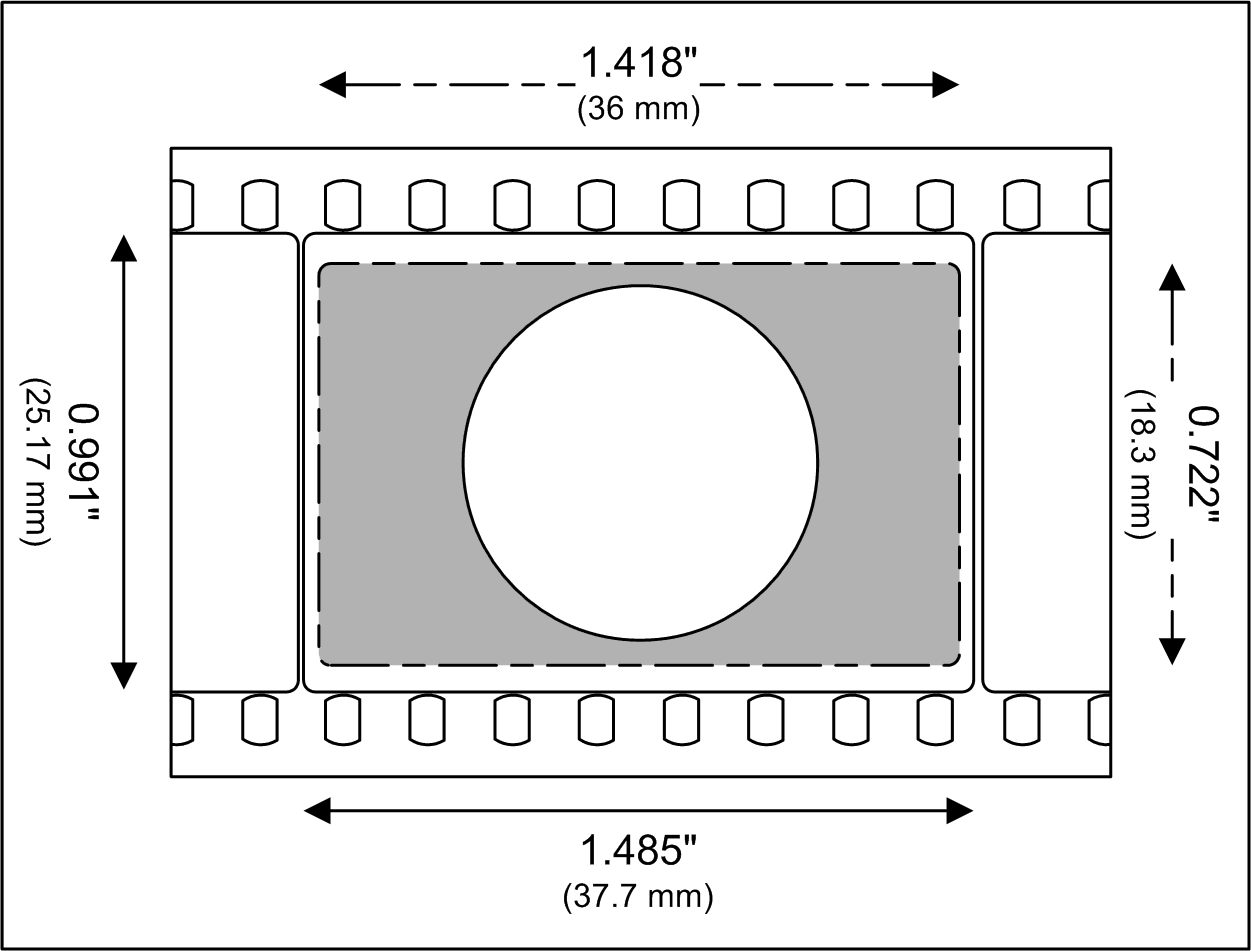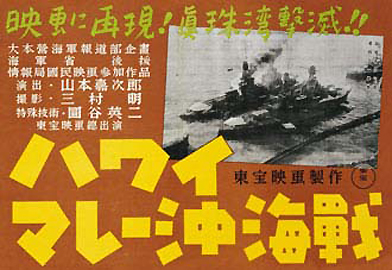|
Strategic Air Command (film)
''Strategic Air Command'' is a 1955 American military aviation war drama film starring James Stewart and June Allyson, directed by Anthony Mann, and released by Paramount Pictures. It was the first of four Hollywood films that depicted the role of the Strategic Air Command in the Cold War era. ''Strategic Air Command'' was the second film released in Paramount's new widescreen format, VistaVision, in color by Technicolor and Perspecta pseudo-stereo sound. It would also be Stewart and Mann's eighth and final collaboration and the last of three films that paired Jimmy Stewart and June Allyson, the others being '' The Stratton Story'' and ''The Glenn Miller Story''. Plot In 1951, Robert "Dutch" Holland is a professional baseball player with the St. Louis Cardinals. A B-29 bomber pilot during World War II, Holland retains a commission as a lieutenant colonel in the United States Air Force Reserve, but is on inactive, non-drilling status. During spring training at Al Lang Field ... [...More Info...] [...Related Items...] OR: [Wikipedia] [Google] [Baidu] |
WikiProject Aircraft
A WikiProject, or Wikiproject, is an affinity group for contributors with shared goals within the Wikimedia movement. WikiProjects are prevalent within the largest wiki, Wikipedia, and exist to varying degrees within Wikimedia project, sibling projects such as Wiktionary, Wikiquote, Wikidata, and Wikisource. They also exist in different languages, and translation of articles is a form of their collaboration. During the COVID-19 pandemic, CBS News noted the role of Wikipedia's WikiProject Medicine in maintaining the accuracy of articles related to the disease. Another WikiProject that has drawn attention is WikiProject Women Scientists, which was profiled by ''Smithsonian Magazine, Smithsonian'' for its efforts to improve coverage of women scientists which the profile noted had "helped increase the number of female scientists on Wikipedia from around 1,600 to over 5,000". On Wikipedia Some Wikipedia WikiProjects are substantial enough to engage in cooperative activities with outsi ... [...More Info...] [...Related Items...] OR: [Wikipedia] [Google] [Baidu] |
Paramount Pictures
Paramount Pictures Corporation, commonly known as Paramount Pictures or simply Paramount, is an American film production company, production and Distribution (marketing), distribution company and the flagship namesake subsidiary of Paramount Global. It is the sixth-oldest film studio in the world, the second-oldest film studio in the United States (behind Universal Pictures), and the sole member of the Major film studio, "Big Five" film studios located within the city limits of Los Angeles. In 1916, film producer Adolph Zukor put 24 actors and actresses under contract and honored each with a star on the logo. In 1967, the number of stars was reduced to 22 and their hidden meaning was dropped. In 2014, Paramount Pictures became the first major Hollywood studio to distribute all of its films in digital form only. The company's headquarters and studios are located at 5555 Melrose Avenue, Hollywood, California. The most commercially successful film franchises from Paramount Pictu ... [...More Info...] [...Related Items...] OR: [Wikipedia] [Google] [Baidu] |
The Glenn Miller Story
''The Glenn Miller Story'' is a 1954 American biographical film about the eponymous American band-leader, directed by Anthony Mann. It stars James Stewart as Miller (in his second non-western collaboration with Mann), alongside June Allyson. The film was released in February 1954 and was nominated for three Academy Awards, winning for Best Sound Recording. Plot The film follows big band leader Glenn Miller (1904–1944) from his early days in the music business in 1929 through to his 1944 death when the airplane he was flying in was lost over the English Channel during World War II. Prominent placement in the film is given to Miller's courtship and marriage to Helen Burger, and various cameos by actual musicians who were colleagues of Miller. Several turning points in Miller's career are depicted with varying degrees of accuracy, including: the success of an early jazz band arrangement; his departure from the Broadway pit and sideman work to front a band of his own; the fai ... [...More Info...] [...Related Items...] OR: [Wikipedia] [Google] [Baidu] |
The Stratton Story
''The Stratton Story'' is a 1949 American biographical film directed by Sam Wood that tells the true story of Monty Stratton, a Major League Baseball pitcher who pitched for the Chicago White Sox from 1934 to 1938. The film is the first of three to pair stars Jimmy Stewart and June Allyson, followed by ''The Glenn Miller Story'' and ''Strategic Air Command''. Stratton commented that Stewart "did a great job of playing me, in a picture which I figure was about as true to life as they could make it." ''The Stratton Story'' was a financial success and won the Academy Award for Best Motion Picture Story. Plot Texas farm boy Monty Stratton demonstrates a knack for pitching a baseball. With the help of Barney Wile, a retired catcher who is now a scout, he manages to arrange a tryout with the Chicago White Sox during the team's spring training in California. He shows promise and is given a contract. On his first evening at spring training, Stratton is introduced to a young woman nam ... [...More Info...] [...Related Items...] OR: [Wikipedia] [Google] [Baidu] |
Perspecta
Perspecta was a directional motion picture sound system invented by the laboratories at Fine Sound Inc. in 1954. The company was founded by Mercury Records engineer C. Robert (Bob) Fine, husband of producer Wilma Cozart Fine. As opposed to magnetic stereophonic soundtracks available at the time, Perspecta's benefits were that it did not require a new sound head for the projector and thus was a cheaper alternative. Introduced as a "directional sound system" rather than a true stereophonic sound system, Perspecta did not use discretely recorded sound signals. Instead, three sub-audible tones at 30 Hz, 35 Hz, and 40 Hz are mixed appropriately and embedded in a monaural optical soundtrack, in addition to the audible sound. When run through a Perspecta integrator, depending on whenever each tone is present, the audio is fed into a left (30 Hz), center (35 Hz) and right (40 Hz) speaker. Unlike true stereophonic sound, which would be described as discre ... [...More Info...] [...Related Items...] OR: [Wikipedia] [Google] [Baidu] |
Technicolor
Technicolor is a family of Color motion picture film, color motion picture processes. The first version, Process 1, was introduced in 1916, and improved versions followed over several decades. Definitive Technicolor movies using three black-and-white films running through a special camera (3-strip Technicolor or Process 4) started in the early 1930s and continued through to the mid-1950s, when the 3-strip camera was replaced by a standard camera loaded with single-strip "monopack" color negative film. Technicolor Laboratories were still able to produce Technicolor prints by creating three black-and-white matrices from the Eastmancolor negative (Process 5). Process 4 was the second major color process, after Britain's Kinemacolor (used between 1909 and 1915), and the most widely used color process in Cinema of the United States, Hollywood during the Golden Age of Hollywood. Technicolor's #Process 4: Development and introduction, three-color process became known and cele ... [...More Info...] [...Related Items...] OR: [Wikipedia] [Google] [Baidu] |
VistaVision
VistaVision is a higher resolution, widescreen variant of the 35 mm motion picture film format that was created by engineers at Paramount Pictures in 1954. Paramount did not use anamorphic processes such as CinemaScope but refined the quality of its flat widescreen system by orienting the 35 mm negative horizontally in the camera gate and shooting onto a larger area, which yielded a finer-grained projection print. As finer-grained film stocks appeared on the market, VistaVision became obsolete. Paramount dropped the format after only seven years, although for another 40 years the format was used by some European and Japanese producers for feature films and by American films such as the first three ''Star Wars'' films for high-resolution special-effects sequences. In many ways, VistaVision was a testing ground for cinematography ideas that evolved into 70 mm IMAX and OMNIMAX film formats in the 1970s. Both IMAX and OMNIMAX are oriented sideways, as is Vist ... [...More Info...] [...Related Items...] OR: [Wikipedia] [Google] [Baidu] |
Widescreen
Widescreen images are displayed within a set of aspect ratio (image), aspect ratios (relationship of image width to height) used in film, television and computer screens. In film, a widescreen film is any film image with a width-to-height aspect ratio greater than 4:3 (1.33:1). For TV, the original screen ratio for broadcasts was in 4:3 (1.33:1). Largely between the 1990s and early 2000s, at varying paces in different countries, 16:9 (e.g. 1920×1080p 60p) widescreen displays came into increasingly common use by high-definition video, high definitions. With computer displays, aspect ratios other than 4:3 (e.g. 1920×1440) are also referred to as "widescreen". Widescreen computer displays were previously made in a 16:10 aspect ratio (e.g. 1920×1200), but nowadays they are 16:9 (e.g. 1920×1080, 2560×1440, 3840×2160). Film History Widescreen was first used for ''The Corbett-Fitzsimmons Fight'' (1897). This was not only the longest film that had been released to date at 10 ... [...More Info...] [...Related Items...] OR: [Wikipedia] [Google] [Baidu] |
Cold War
The Cold War was a period of global Geopolitics, geopolitical rivalry between the United States (US) and the Soviet Union (USSR) and their respective allies, the capitalist Western Bloc and communist Eastern Bloc, which lasted from 1947 until the dissolution of the Soviet Union in 1991. The term ''Cold war (term), cold war'' is used because there was no direct fighting between the two superpowers, though each supported opposing sides in regional conflicts known as proxy wars. In addition to the struggle for ideological and economic influence and an arms race in both conventional and Nuclear arms race, nuclear weapons, the Cold War was expressed through technological rivalries such as the Space Race, espionage, propaganda campaigns, Economic sanctions, embargoes, and sports diplomacy. After the end of World War II in 1945, during which the US and USSR had been allies, the USSR installed satellite state, satellite governments in its occupied territories in Eastern Europe and N ... [...More Info...] [...Related Items...] OR: [Wikipedia] [Google] [Baidu] |
Strategic Air Command
Strategic Air Command (SAC) was a United States Department of Defense Specified Command and a United States Air Force (USAF) Major Command responsible for command and control of the strategic bomber and intercontinental ballistic missile components of the United States military's strategic nuclear weapon, strategic nuclear forces from 1946 to 1992. SAC was also responsible for strategic reconnaissance aircraft; airborne command posts; and most of the USAF's aerial refueling aircraft. SAC primarily consisted of the Second Air Force (2AF), Eighth Air Force (8AF) and the Fifteenth Air Force (15AF), while SAC headquarters (HQ SAC) included Directorates for Operations & Plans, Intelligence, Command & Control, Maintenance, Training, Communications, and Personnel. At a lower echelon, SAC headquarters divisions included Aircraft Engineering, Missile Concept, and Strategic Communications. In 1992, as part of an overall post-Cold War reorganization of the U.S. Air Force, SAC was disesta ... [...More Info...] [...Related Items...] OR: [Wikipedia] [Google] [Baidu] |
Drama Film
In film and television, drama is a category or genre of narrative fiction (or semi-fiction) intended to be more serious than humorous in tone. The drama of this kind is usually qualified with additional terms that specify its particular super-genre, macro-genre, or micro-genre, such as soap opera, police crime drama, political drama, legal drama, historical drama, domestic drama, teen drama, and comedy drama (dramedy). These terms tend to indicate a particular setting or subject matter, or they combine a drama's otherwise serious tone with elements that encourage a broader range of moods. To these ends, a primary element in a drama is the occurrence of conflict—emotional, social, or otherwise—and its resolution in the course of the storyline. All forms of cinema or television that involve fictional stories are forms of drama in the broader sense if their storytelling is achieved by means of actors who represent ( mimesis) characters. In this broader sense, ... [...More Info...] [...Related Items...] OR: [Wikipedia] [Google] [Baidu] |
War Film
War film is a film genre concerned with warfare, typically about navy, naval, air force, air, or army, land battles, with combat scenes central to the drama. It has been strongly associated with the 20th century. The fateful nature of battle scenes means that war films often end with them. Themes explored include combat, survival and escape, camaraderie between soldiers, sacrifice, the futility and inhumanity of battle, the effects of war on society, and the moral and human issues raised by war. War films are often categorized by their milieu, such as the Korean War; the most popular subjects are the World War II, Second World War and the American Civil War. The stories told may be fiction, historical drama, or biographical. Critics have noted similarities between the Western (genre), Western and the war film. Nations such as China, Indonesia, Japan, and Russia have their own traditions of war film, centred on their own revolutionary wars but taking varied forms, from action an ... [...More Info...] [...Related Items...] OR: [Wikipedia] [Google] [Baidu] |




